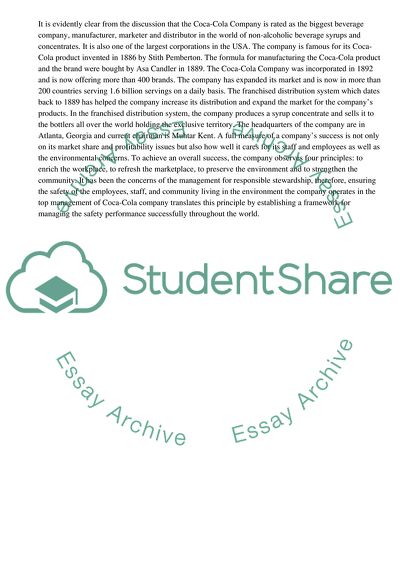Cite this document
(Environmental Health and Safety Management Case Study, n.d.)
Environmental Health and Safety Management Case Study. Retrieved from https://studentshare.org/management/1741205-total-evironmentalhealthand-safety-mnagement
Environmental Health and Safety Management Case Study. Retrieved from https://studentshare.org/management/1741205-total-evironmentalhealthand-safety-mnagement
(Environmental Health and Safety Management Case Study)
Environmental Health and Safety Management Case Study. https://studentshare.org/management/1741205-total-evironmentalhealthand-safety-mnagement.
Environmental Health and Safety Management Case Study. https://studentshare.org/management/1741205-total-evironmentalhealthand-safety-mnagement.
“Environmental Health and Safety Management Case Study”, n.d. https://studentshare.org/management/1741205-total-evironmentalhealthand-safety-mnagement.


